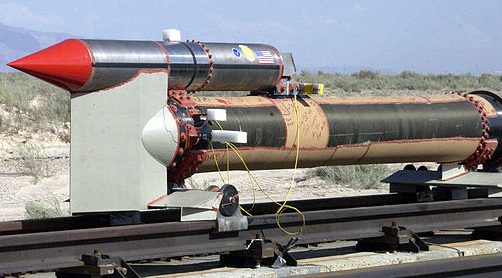Deepwater Exploration and the Blue Economy: A National Imperative
Deepwater Exploration: Unlocking India’s Strategic Potential for Energy Security
Deepwater Exploration: India’s energy security challenges, heightened by global disruptions such as the Russia-Ukraine war and volatile oil prices, have renewed focus on untapped offshore reserves. The launch of the National Deepwater Mission (2025) marks a decisive step in leveraging India’s blue economy and reducing import dependence while aligning with long-term strategic and economic priorities.
Why is there a need for deepwater exploration?
- India’s rising energy demand—expected to double by 2040 (IEA World Energy Outlook 2023)—necessitates tapping unexplored hydrocarbon reserves. Presently, over 85% of crude oil and 50% of natural gas demand is imported (Economic Survey 2022–23), straining foreign exchange and energy security.
- Deepwater basins, particularly in the Andaman and Mahanadi offshore regions, are estimated to hold significant reserves, much of which remain untapped due to high technological and financial barriers.
-
- The National Deepwater Mission, announced by the Prime Minister in 2025, directly addresses this gap by promoting indigenous capacity-building and reducing reliance on foreign energy giants.
-
- Critical Mineral Exploration: Equally crucial is the synergy with critical minerals exploration. OIL has secured blocks for graphite, vanadium, and potash—minerals vital for the EV revolution and food security (Budget 2023–24 announcement). This dual focus integrates hydrocarbon and mineral exploration to safeguard India’s long-term strategic needs.
What is the significance of the blue economy in India?
- The blue economy, defined by the World Bank as the “sustainable use of ocean resources for economic growth and improved livelihoods,” holds enormous potential for India, given its 7,500 km coastline and 2.3 million sq. km Exclusive Economic Zone (EEZ).
- According to NITI Aayog’s Vision of New India @75 and the Economic Survey 2018–19, the blue economy could contribute $1 trillion to India’s GDP by 2035. Deepwater exploration forms a pillar of this vision by:
-
- Enhancing energy self-reliance: tapping hydrocarbons in deep seas.
- Strategic security: reducing exposure to supply shocks like the 2022 Russia-Ukraine crisis.
- Employment generation: E&P and allied maritime industries can create thousands of high-skilled jobs.
- Climate-smart transition: revenue from hydrocarbons and minerals can be reinvested into renewables, supporting India’s net-zero 2070 roadmap.
-

Case study: Brazil’s Petrobras successfully developed ultra-deepwater fields, which now contribute nearly half of Brazil’s oil output. India’s mission seeks to emulate such models.
What is the National Deepwater Mission?
- Launched in 2025, the National Deepwater Mission is a flagship programme under the Ministry of Petroleum & Natural Gas. It seeks to unlock the 99% “No-Go” zones of Indian deepwater basins, previously restricted, for exploration.
- This mission is not merely about hydrocarbons but is a cornerstone of India’s Blue Economy Strategy and its Atmanirbhar Bharat vision. Its immediate success, as OIL’s chairman emphasises, hinges on a “big discovery in the deepwater basin” to attract sustained investments and global confidence.
Subscribe to our Youtube Channel for more Valuable Content – TheStudyias
Download the App to Subscribe to our Courses – Thestudyias
The Source’s Authority and Ownership of the Article is Claimed By THE STUDY IAS BY MANIKANT SINGH



